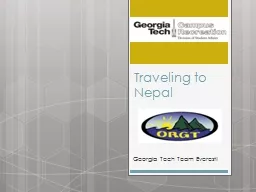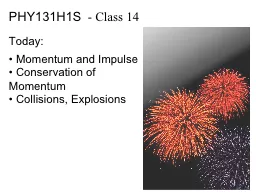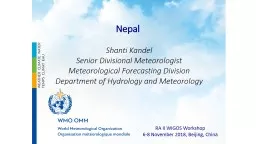PPT-Traveling to Nepal
Author : pamella-moone | Published Date : 2016-07-30
Georgia Tech Team Everest EntryExit travelers must hold a passport valid for at least six months beyond the date of entry into the country Personnel must ensure
Presentation Embed Code
Download Presentation
Download Presentation The PPT/PDF document "Traveling to Nepal" is the property of its rightful owner. Permission is granted to download and print the materials on this website for personal, non-commercial use only, and to display it on your personal computer provided you do not modify the materials and that you retain all copyright notices contained in the materials. By downloading content from our website, you accept the terms of this agreement.
Traveling to Nepal: Transcript
Download Rules Of Document
"Traveling to Nepal"The content belongs to its owner. You may download and print it for personal use, without modification, and keep all copyright notices. By downloading, you agree to these terms.
Related Documents














